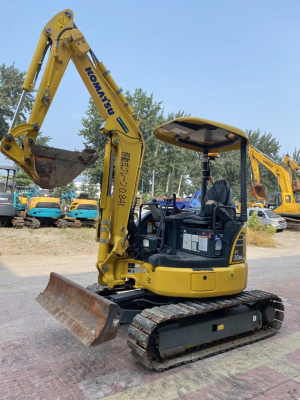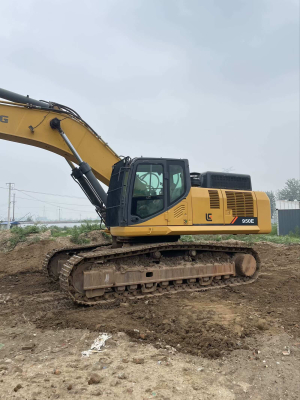Guidelines for selecting and avoiding mine crushing hammers
🔧 Key Principles for Hydraulic Breaker Selection
1. Matching Equipment Specifications
Excavator Weight & Bucket Capacity:
The breaker weight should be 60-80% of the excavator bucket’s load capacity (calculated as Wh = (0.6~0.8) × (W4 × ρ), where ρ = material density ≈1600kg/m³). Oversized breakers risk excavator tipping, while undersized ones reduce efficiency and accelerate wear.
Hydraulic Flow & Pressure:
Ensure breaker flow demand (15-450 L/min) matches excavator auxiliary valve output. Excess flow causes system overheating; insufficient flow lowers impact frequency. Refer to Flow-Tonnage Reference Table:
Shank Diameter (mm) Excavator Tonnage (t) Flow Requirement (L/min) 75 6-9 50-90 100 11-16 80-110 135 16-21 100-150
2. Structural Design Selection
Triangle/Plate Type:
Exposed sides, high noise, prone to frame loosening (common in budget models).
Silenced Box Type:
Full enclosure with damping materials, 30% lower noise and vibration. Protects internal parts, reduces carrier stress (global industry standard).
⚙️ Operational Scenarios & Tool Selection
1. Rock Hardness & Breakage Mode
Penetration Crushing (e.g., concrete, soft rock):
Use chisel or blade-tip tools for wedge-splitting effect. Ideal for layered/soft materials.
Impact Shattering (e.g., granite, quartzite):
Blunt-tip tools transfer stress waves without deep penetration. Super-blunt tips extend service life in abrasive conditions.
2. Critical Usage Warnings
Avoid "Dry Hitting":
Striking air >1 minute causes bolt fracture and piston damage. Stop when material cracks.
Oil Temperature Control:
Operate at 50-60°C (max 80°C). Overheating degrades seals and accelerates wear.
💎 Costly Mistakes to Avoid
1. Ignoring Carrier-Breaker Compatibility
"Mismatched breakers cause 40% higher downtime costs. E.g., 20t excavator + 135mm breaker overloads hydraulic pumps, increasing repair costs by $15,000/year".
2. Misinterpreting Model Numbers
Breaker model numbers may indicate:
Always verify actual specs with manufacturers.
Excavator weight (e.g., GB130 = for 13t excavators)
Bucket capacity (e.g., SB50 = for 0.5m³ buckets)
Impact energy (e.g., GB320 = 320J impact)
3. Overlooking Accumulator Type
Accumulator-free breakers reduce maintenance by 50% (no diaphragm replacement) with equal impact force. Prioritize this for harsh mining conditions.



